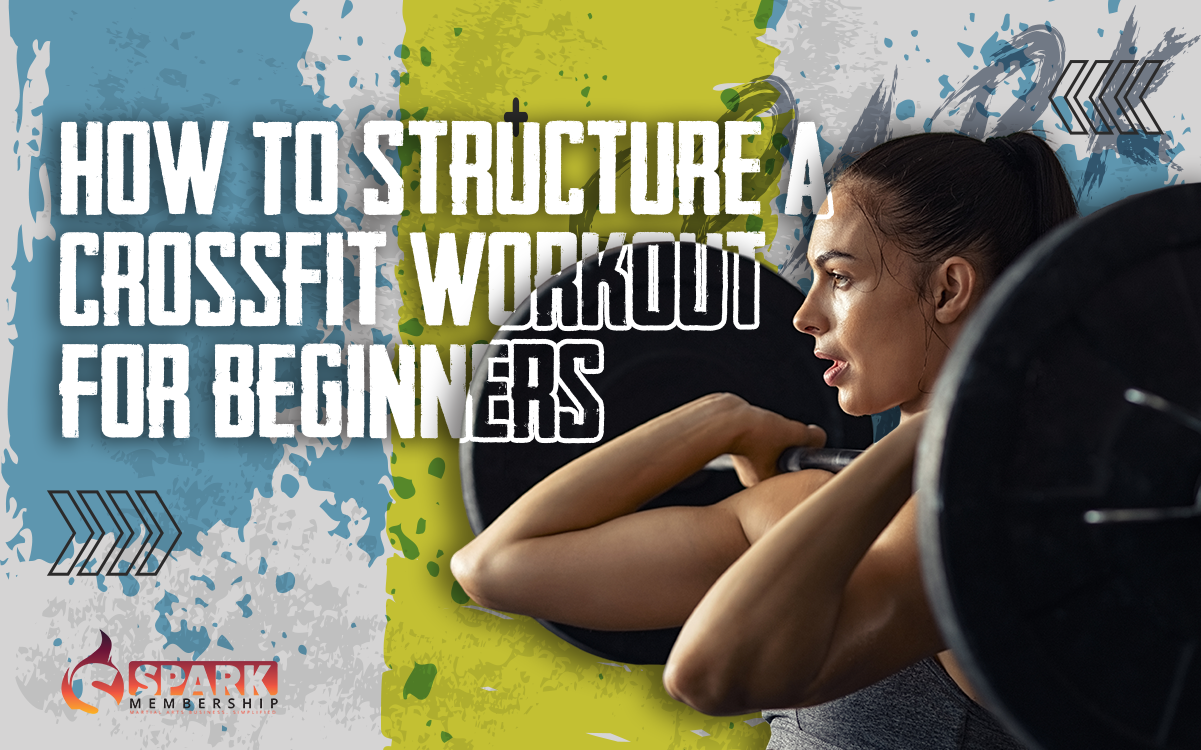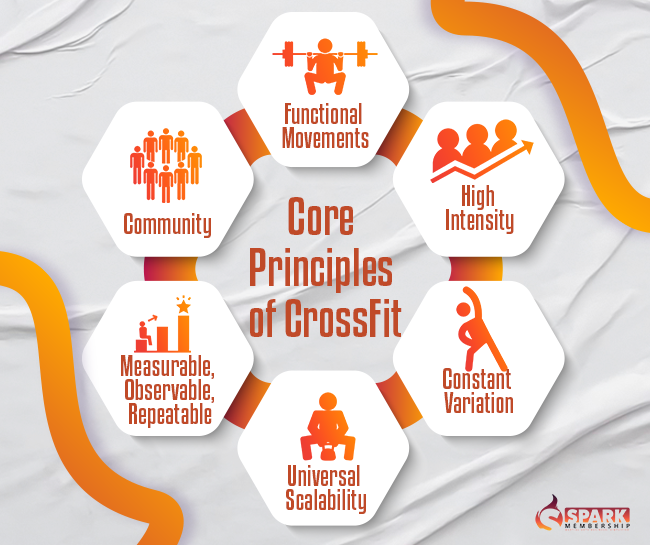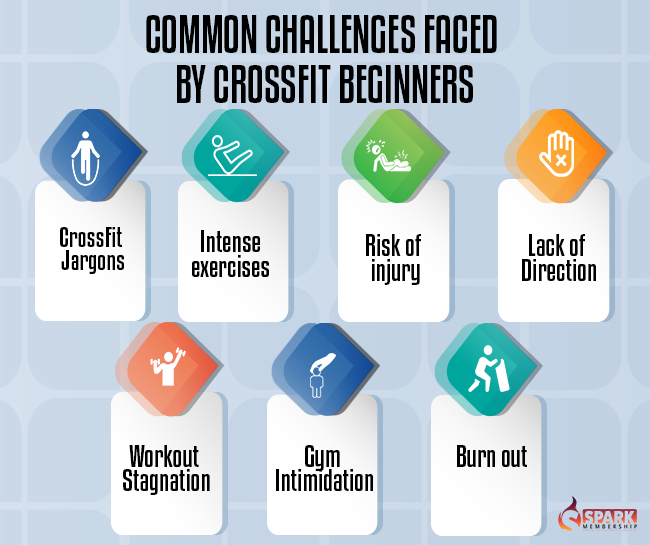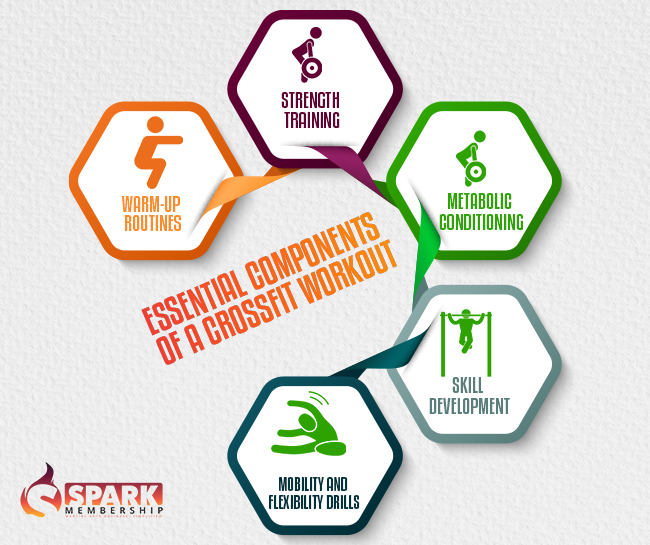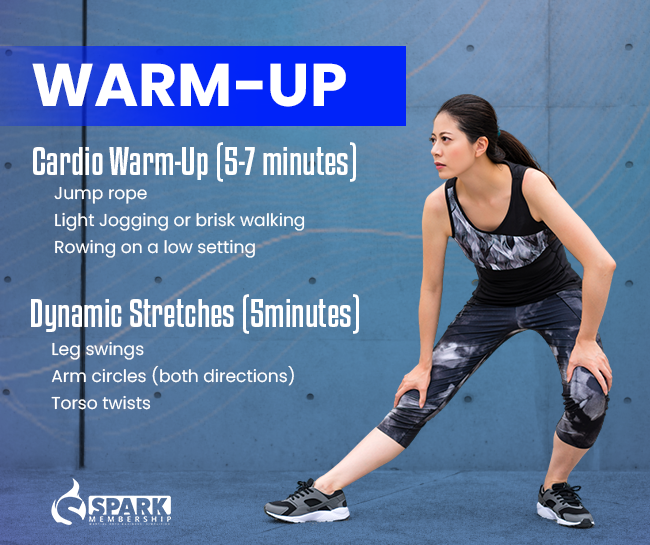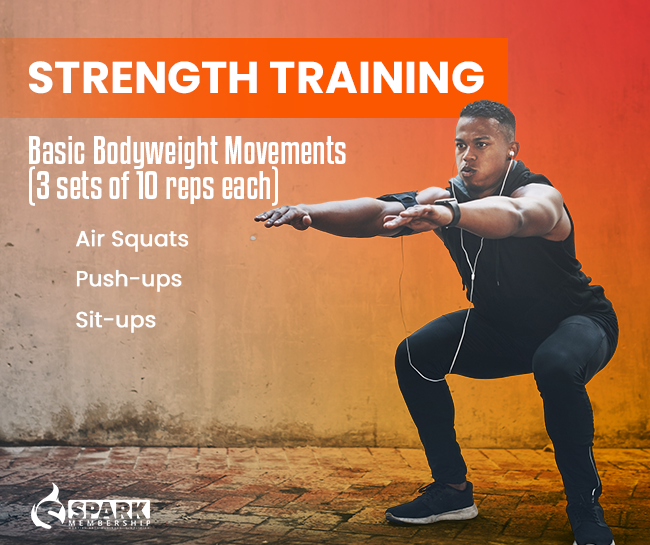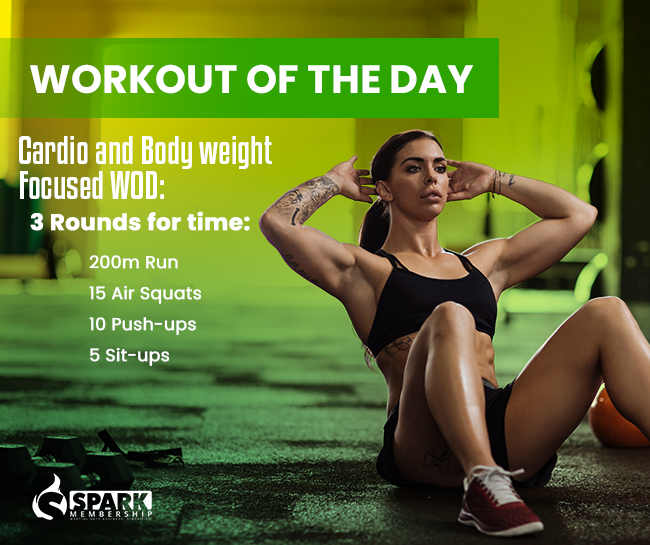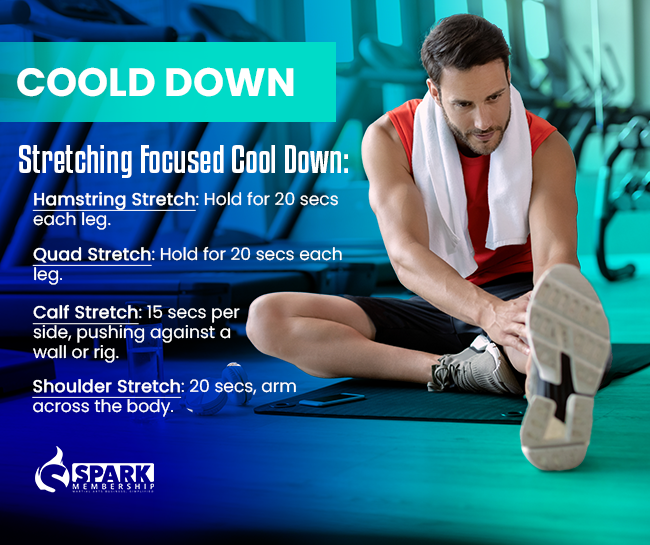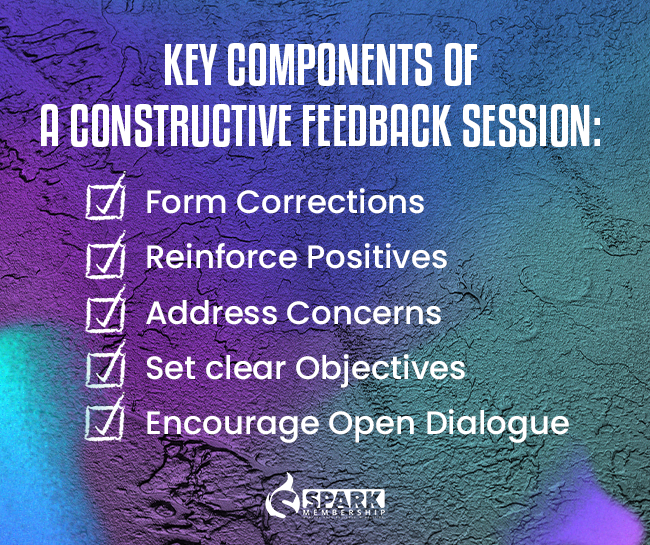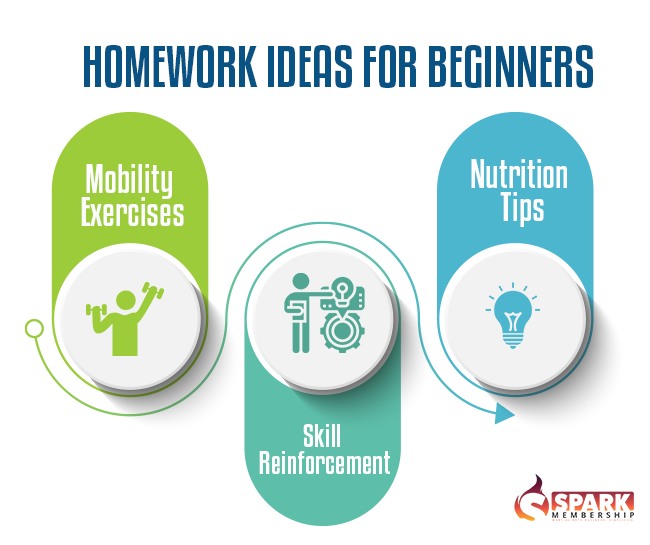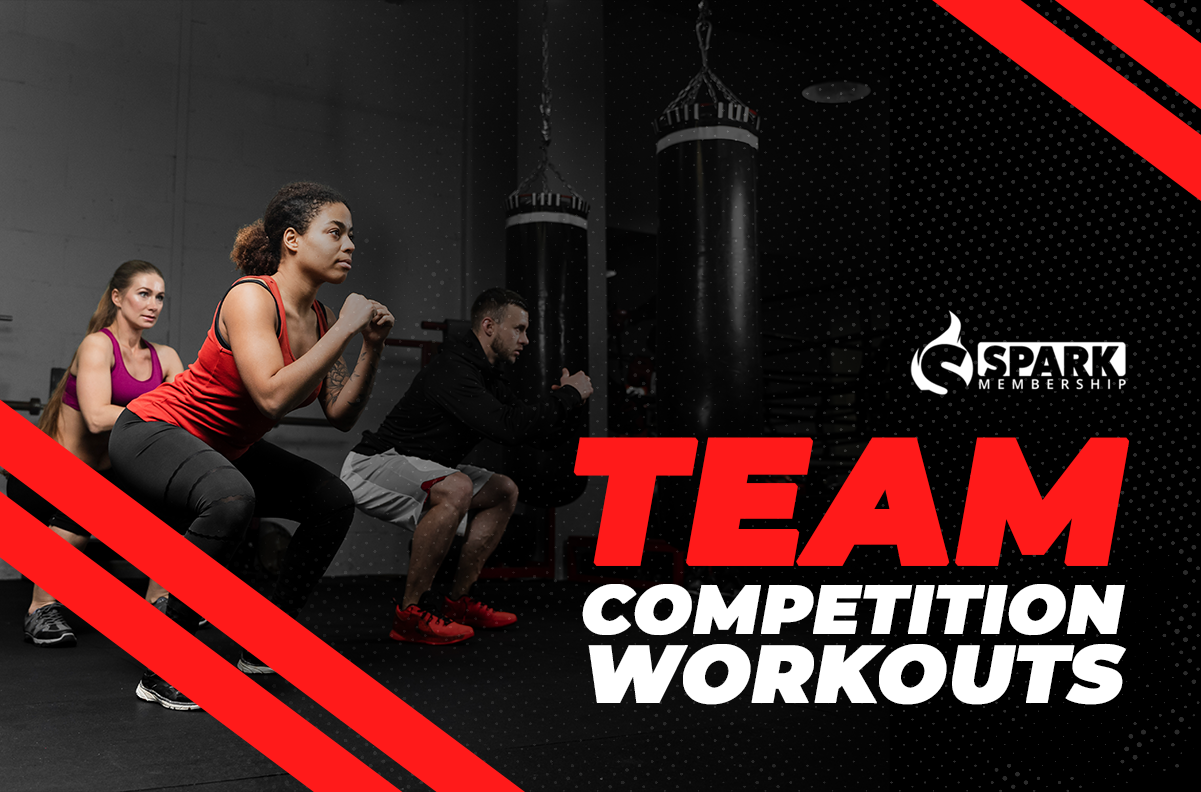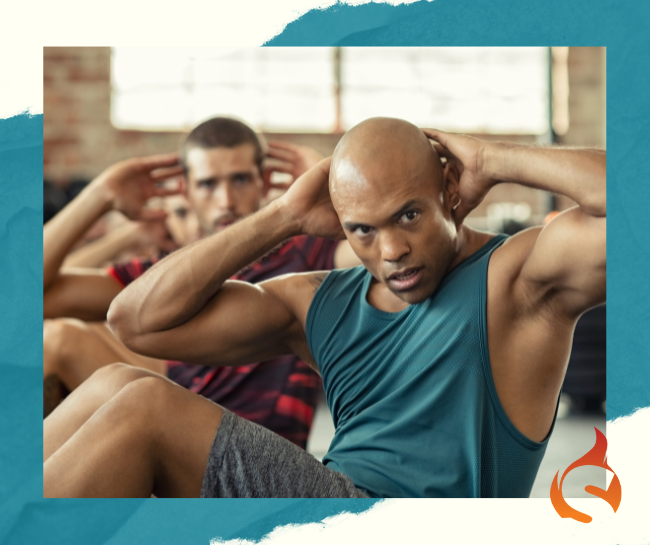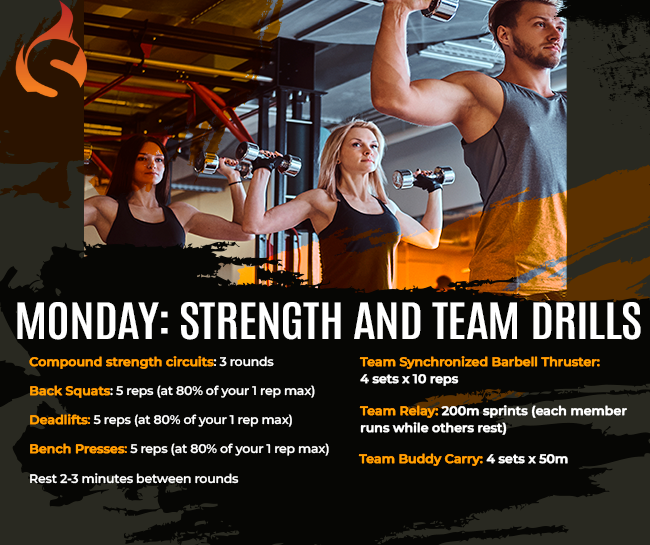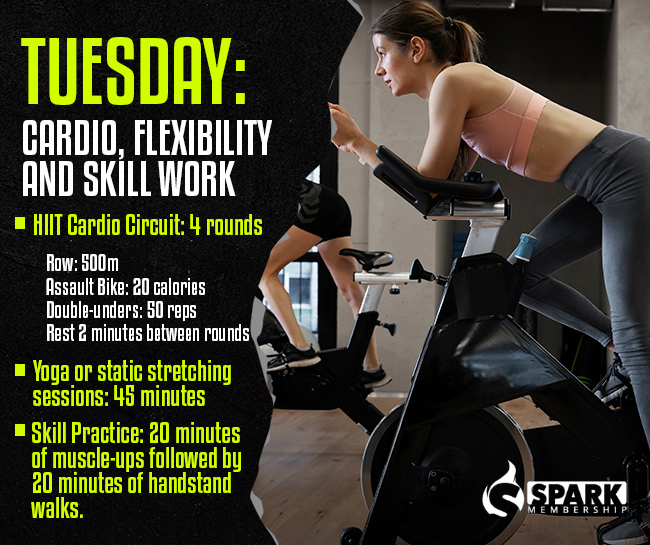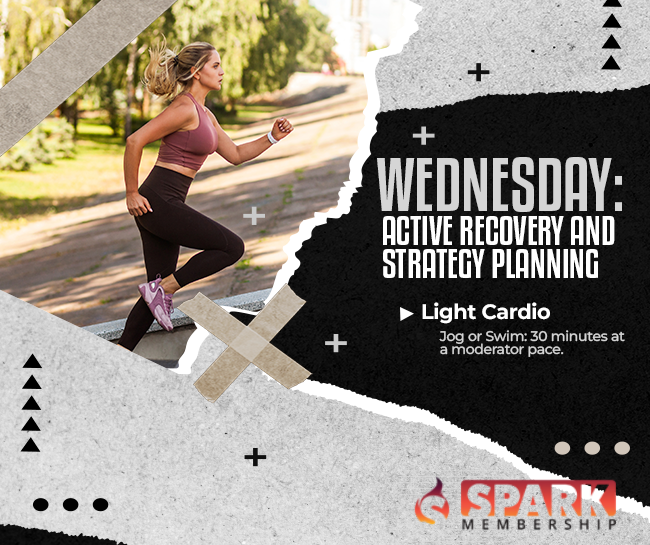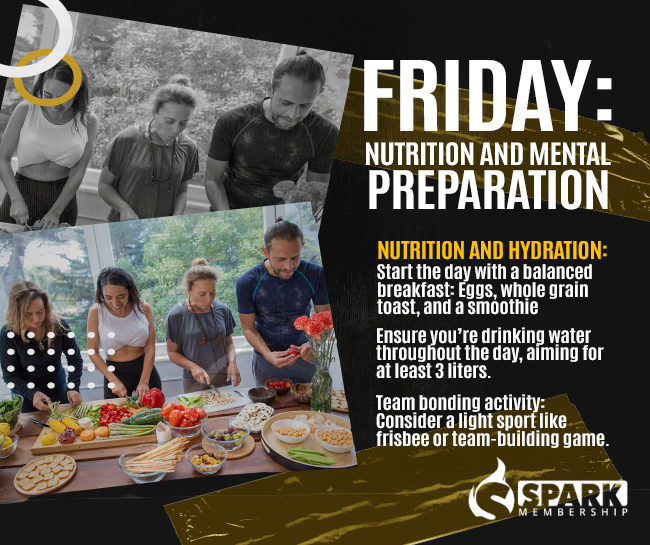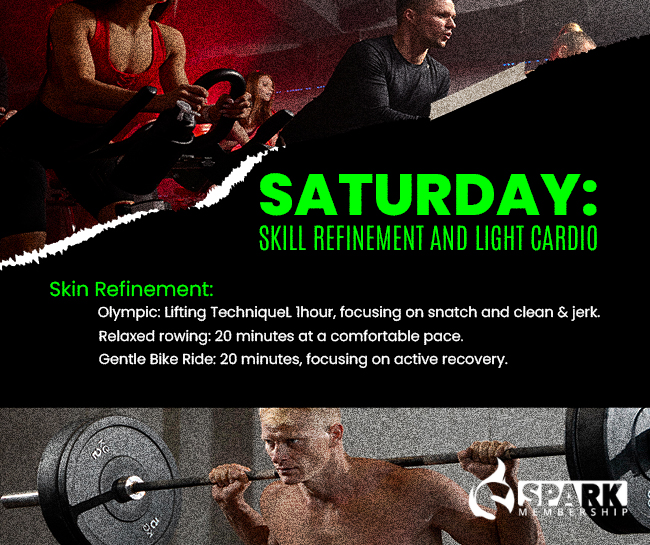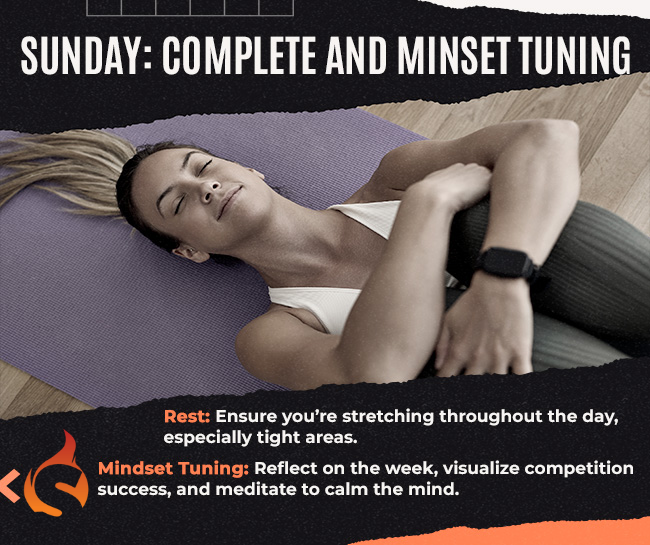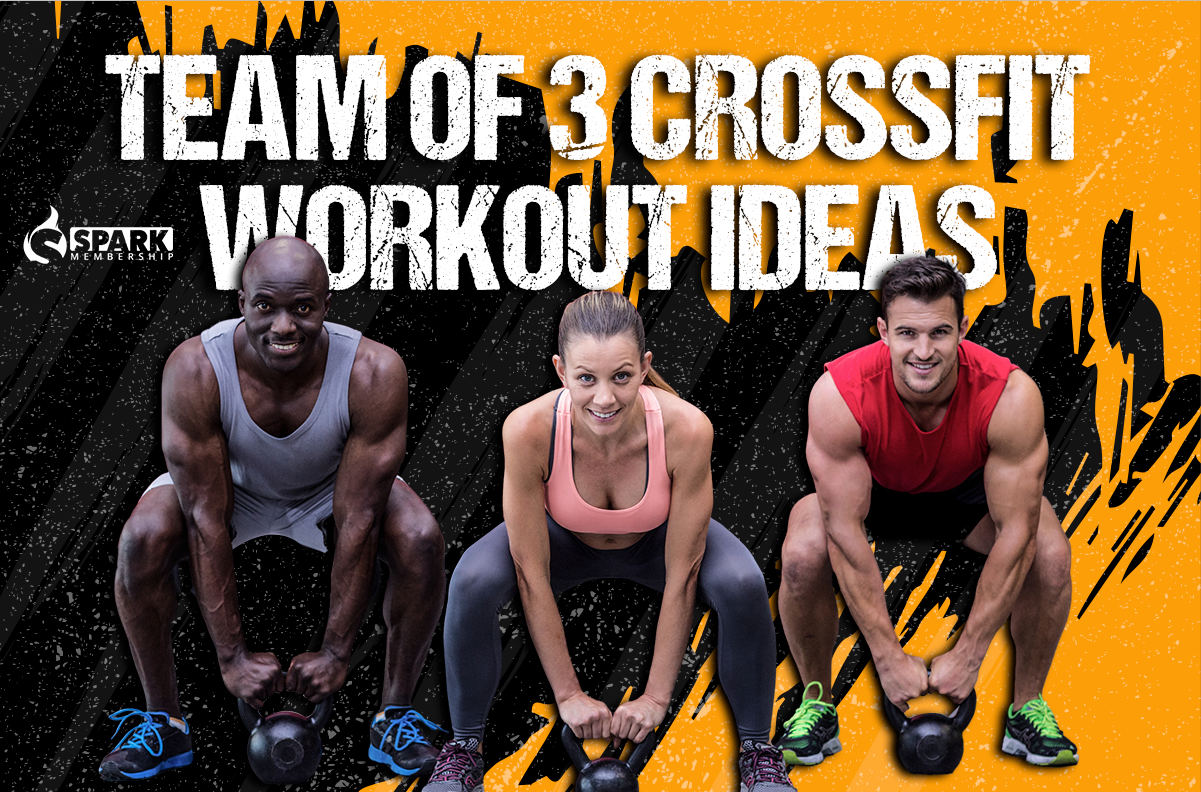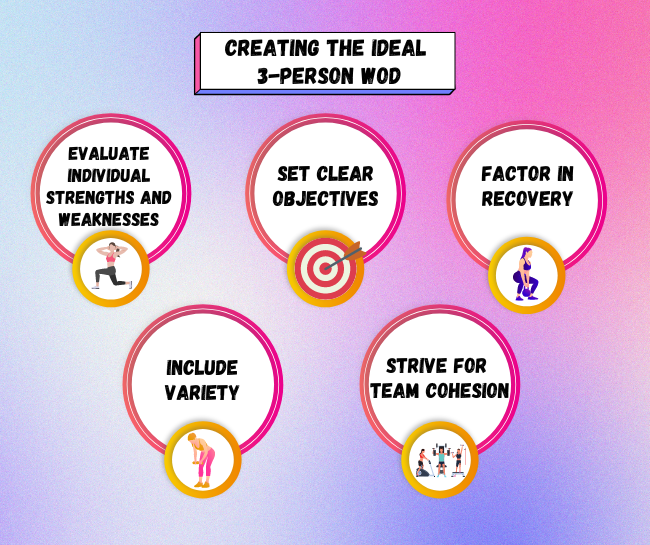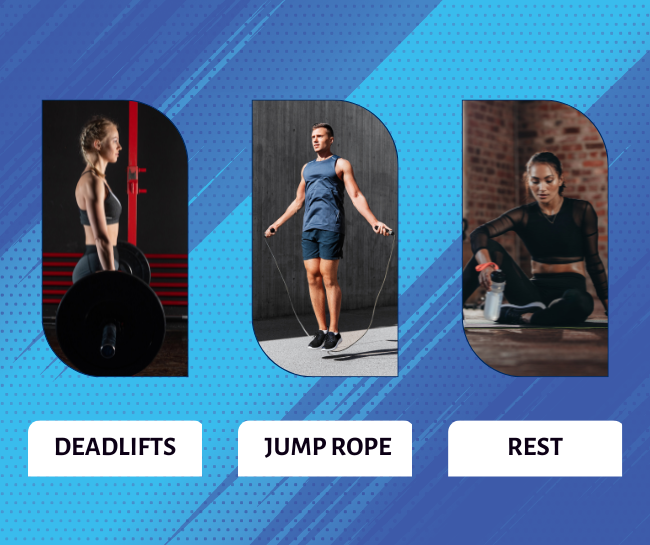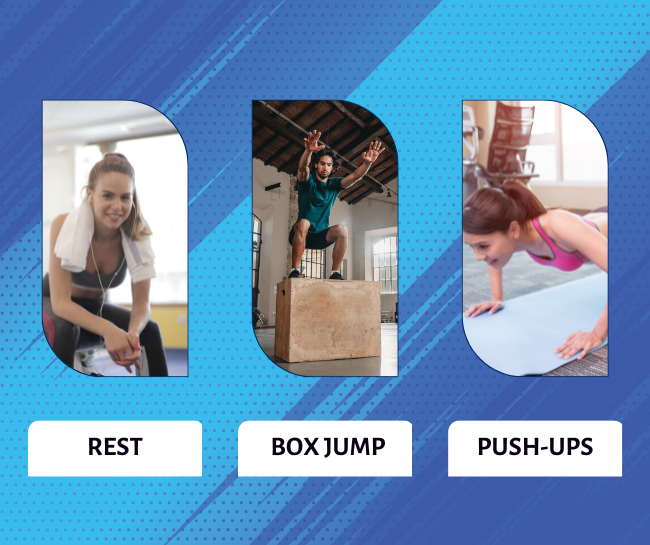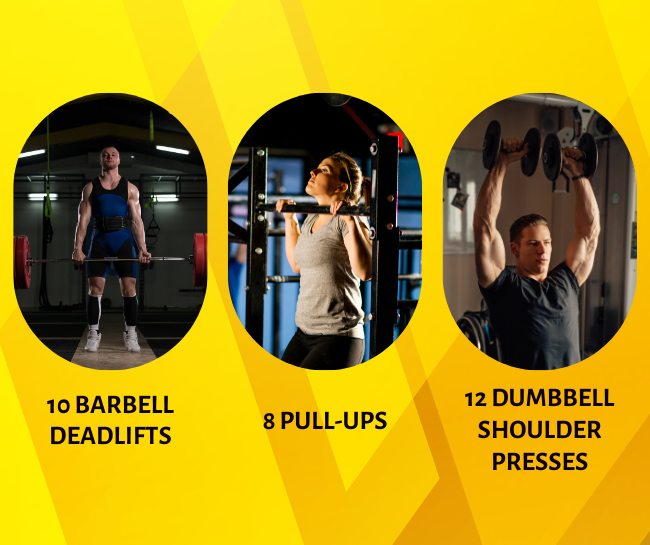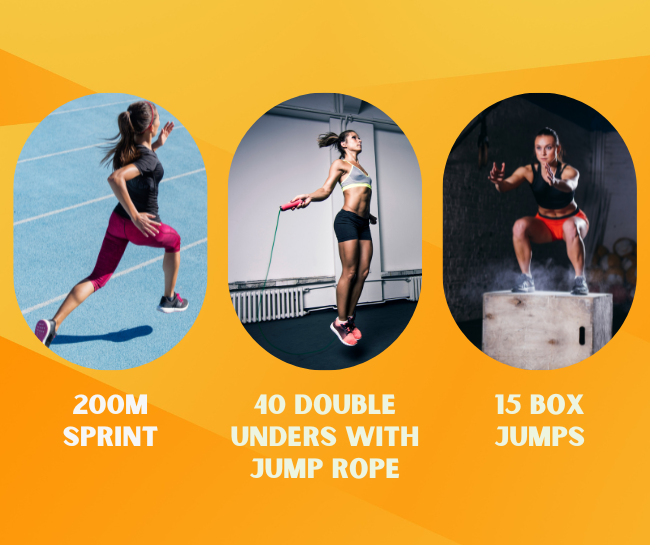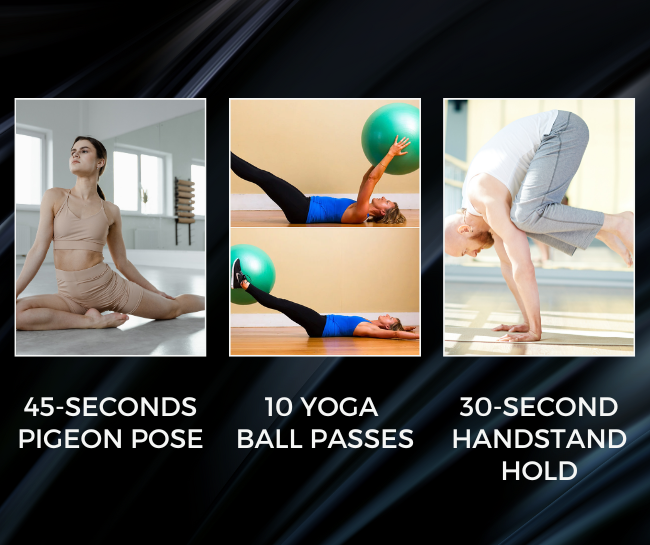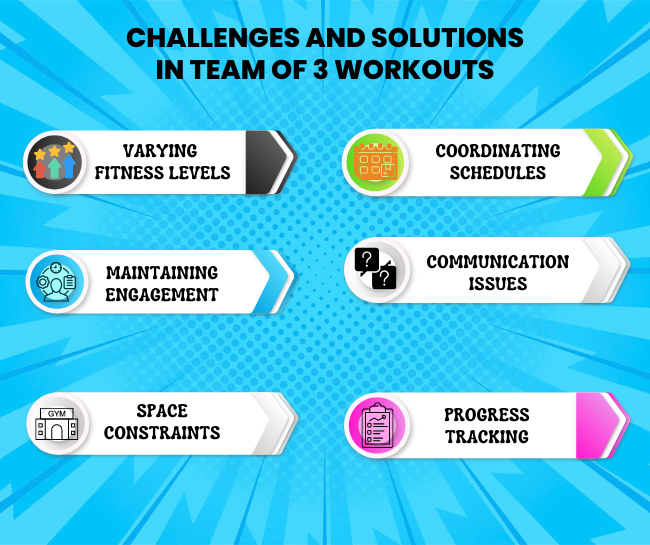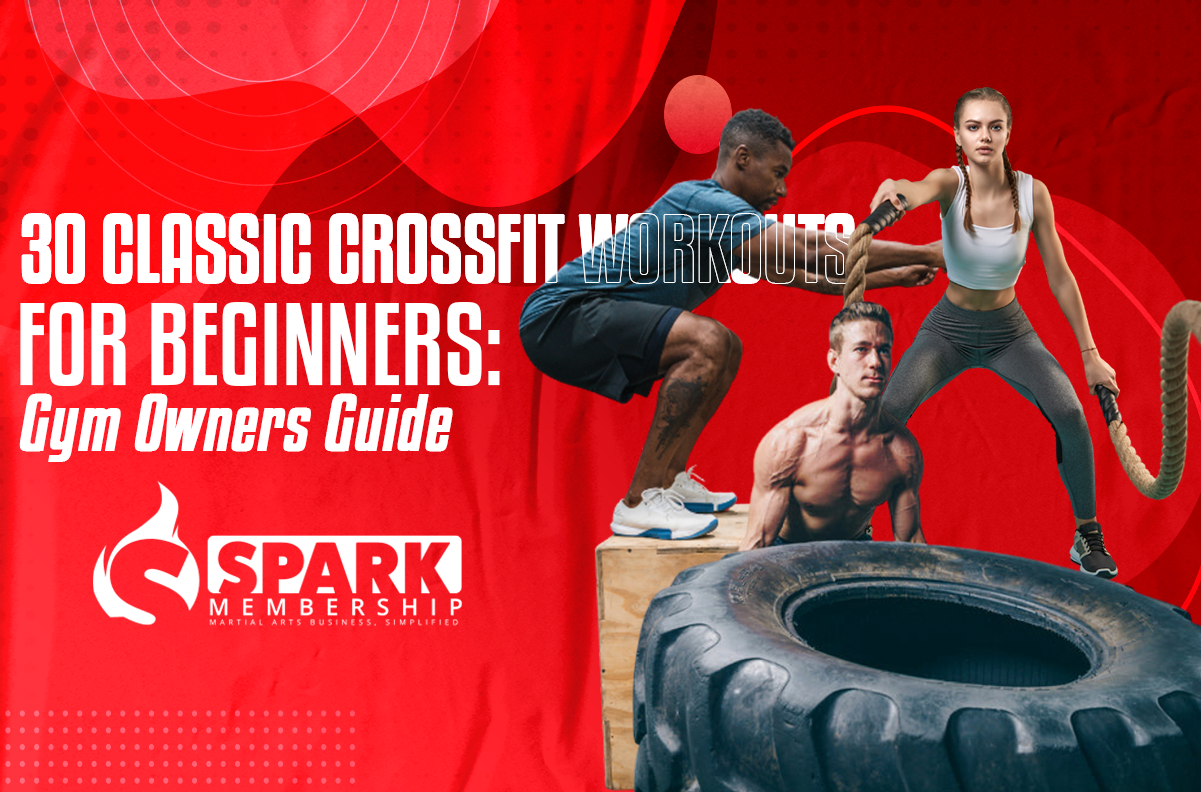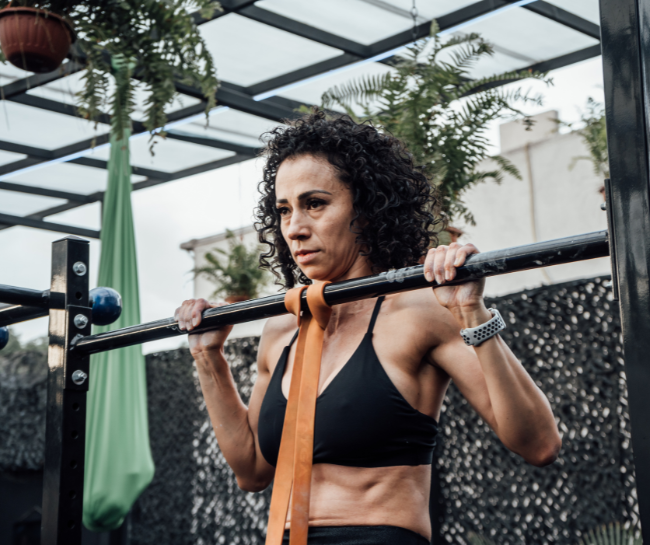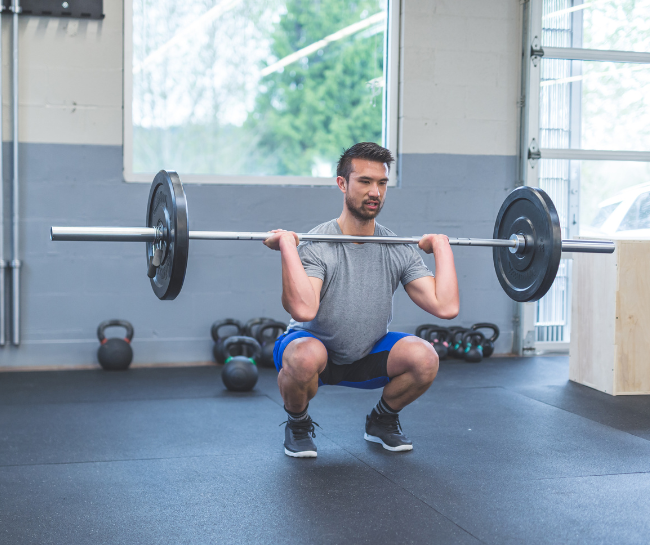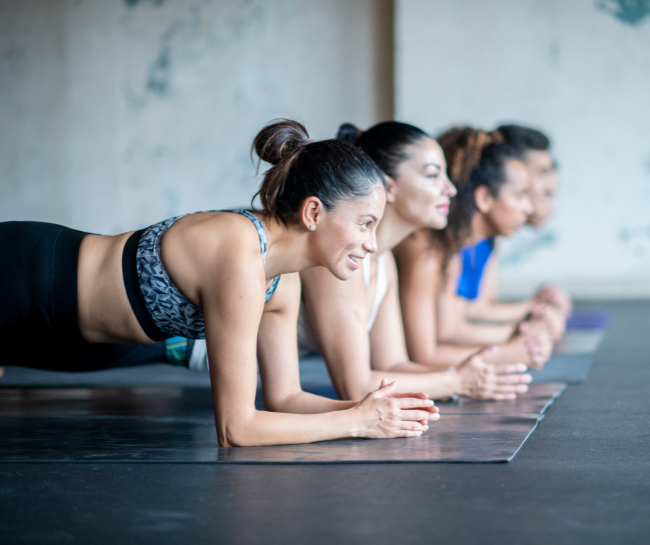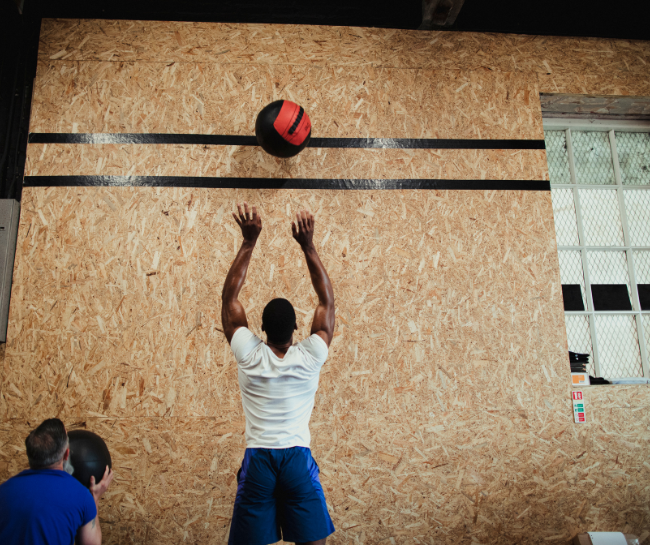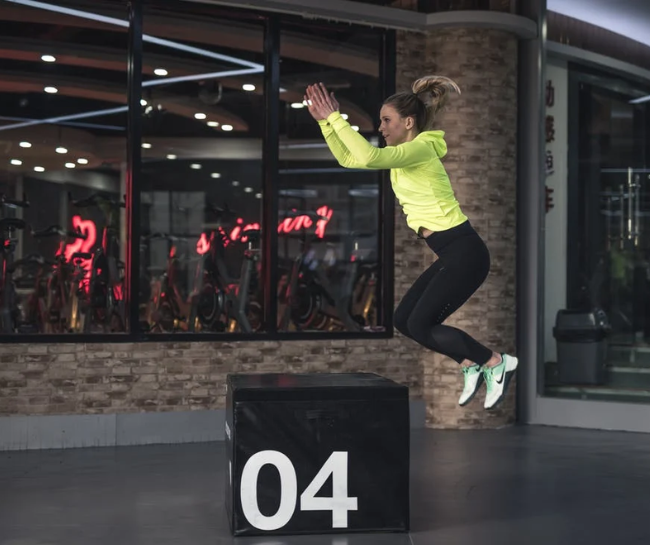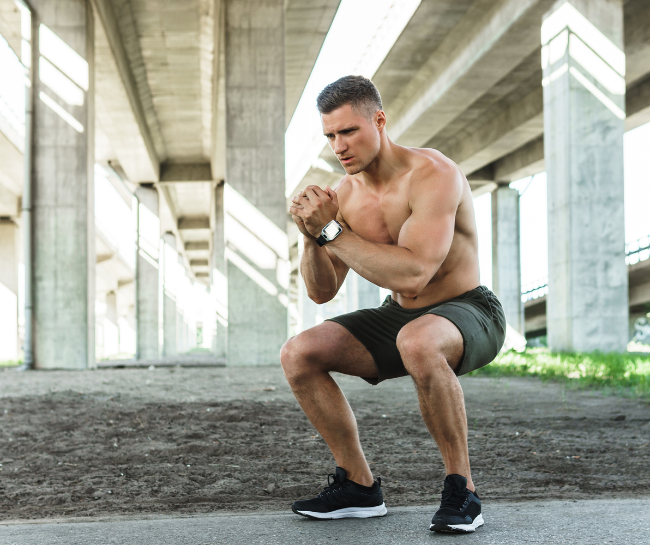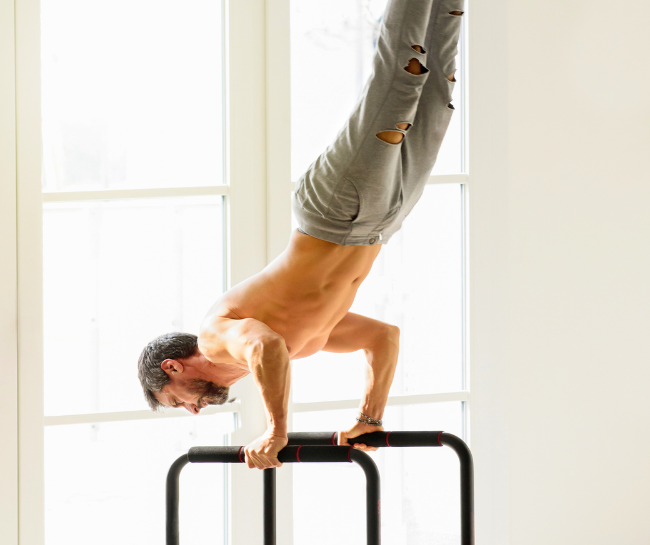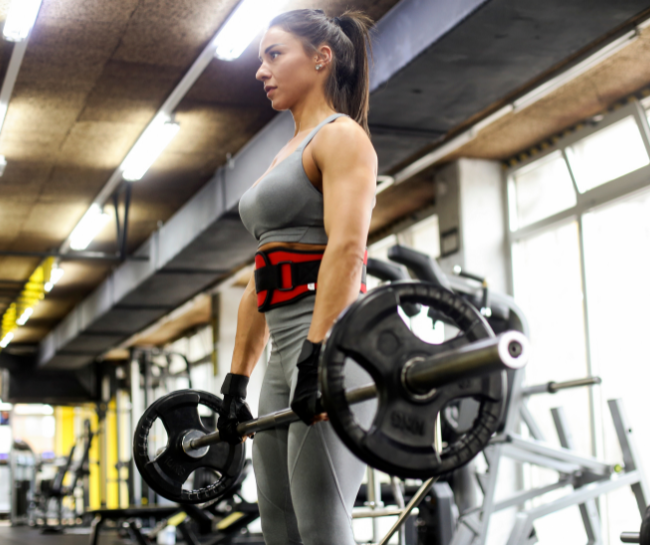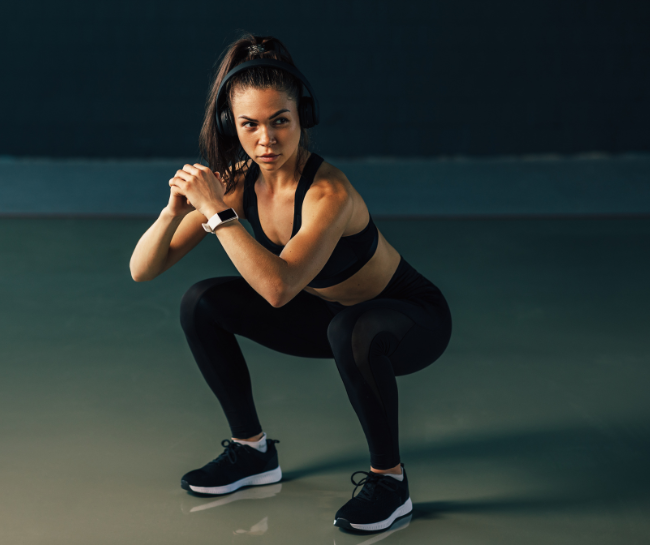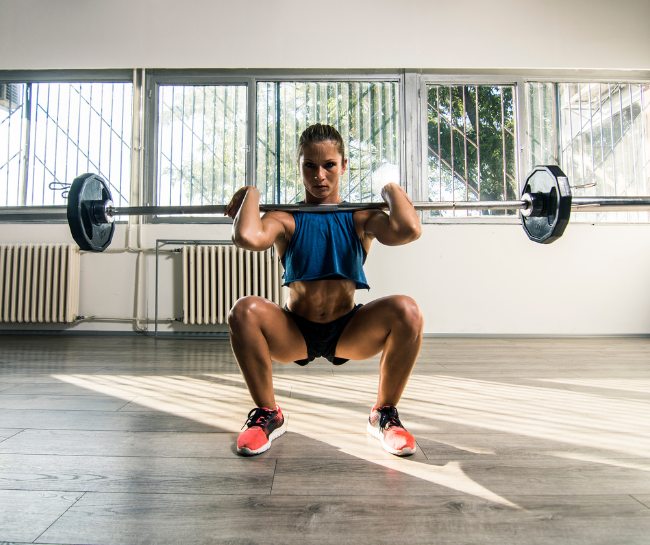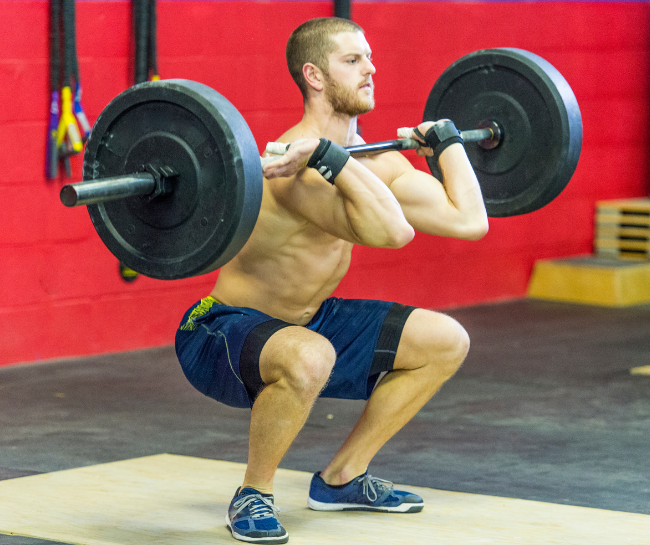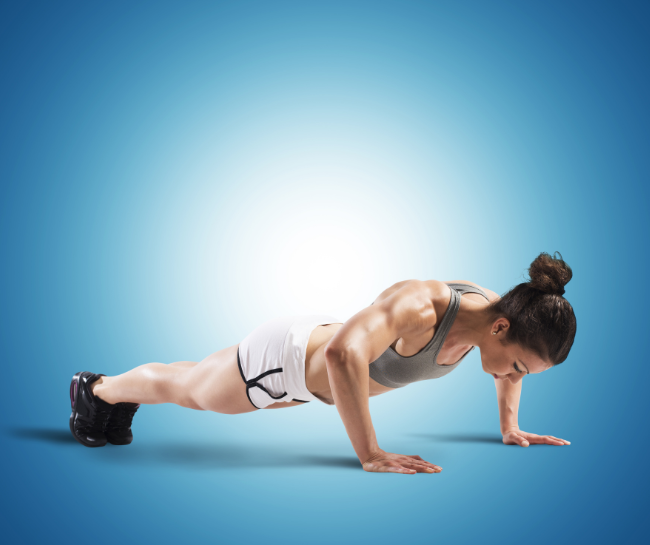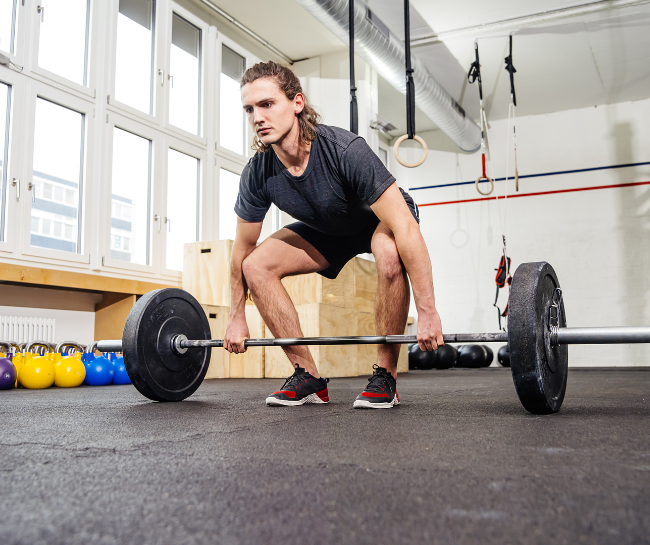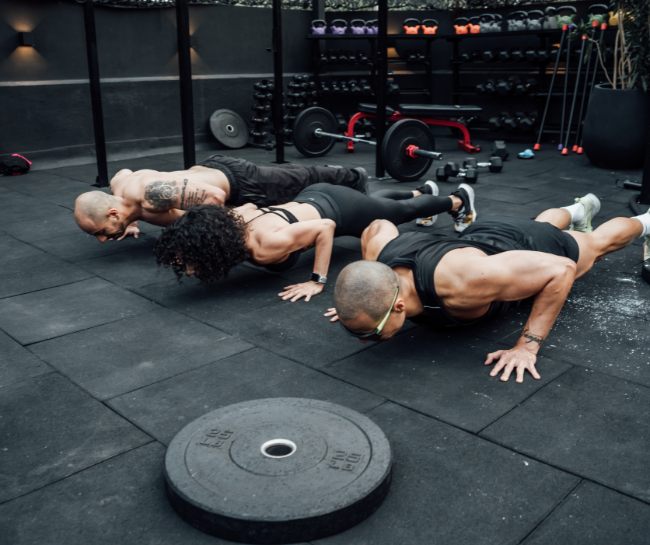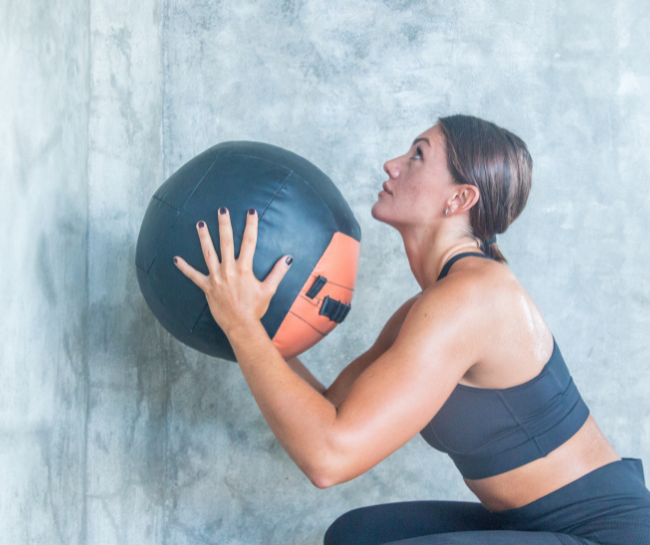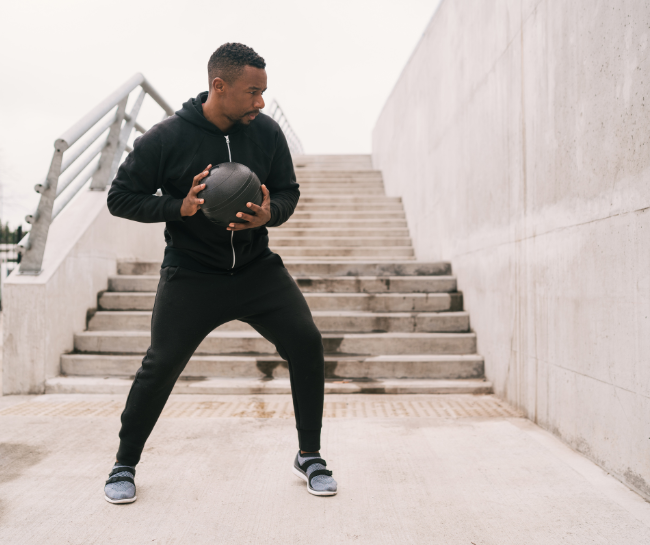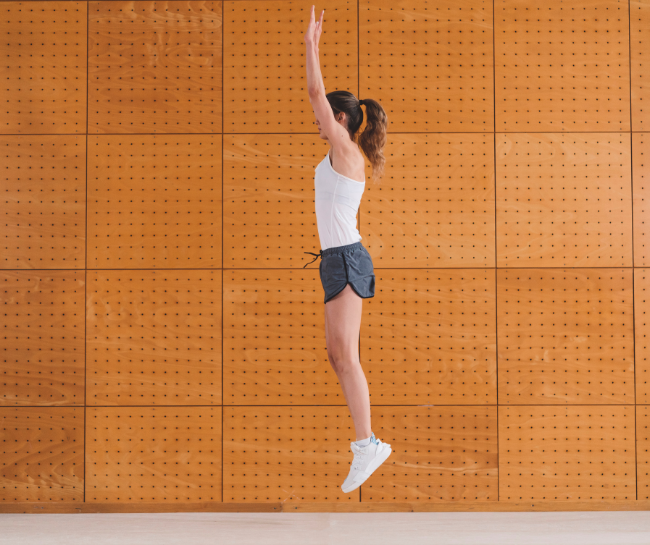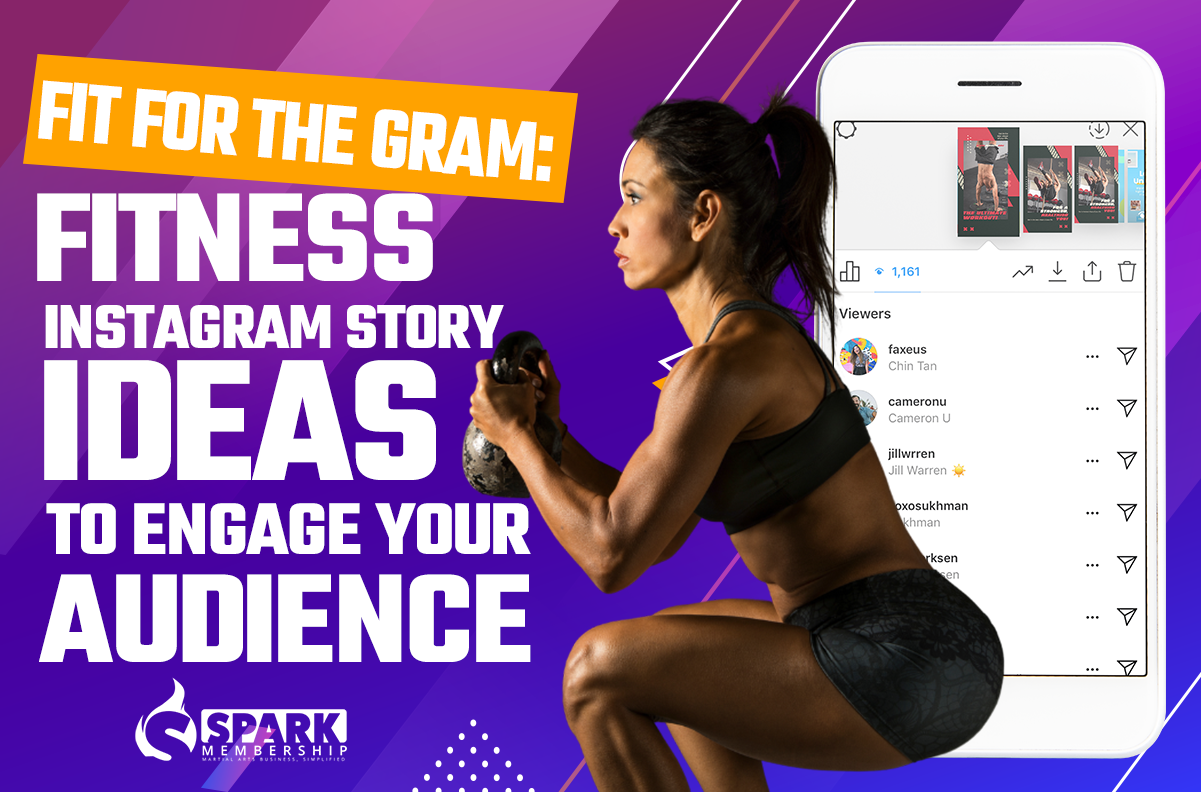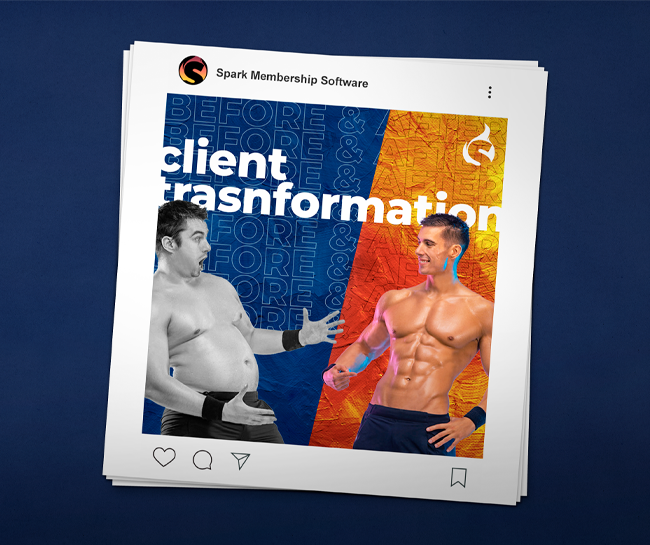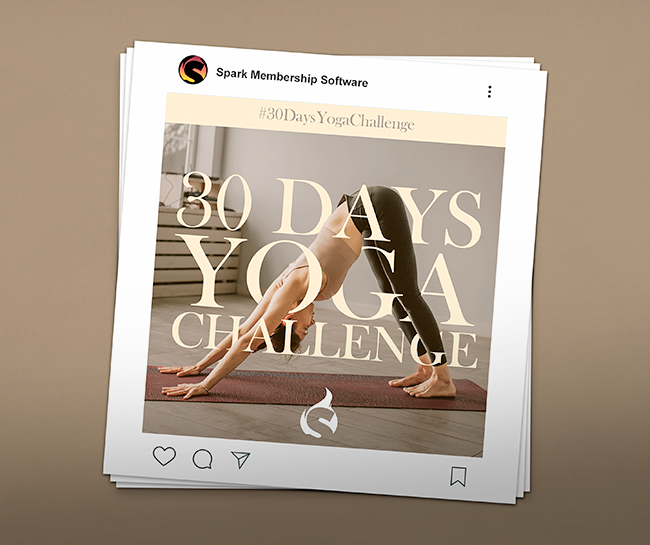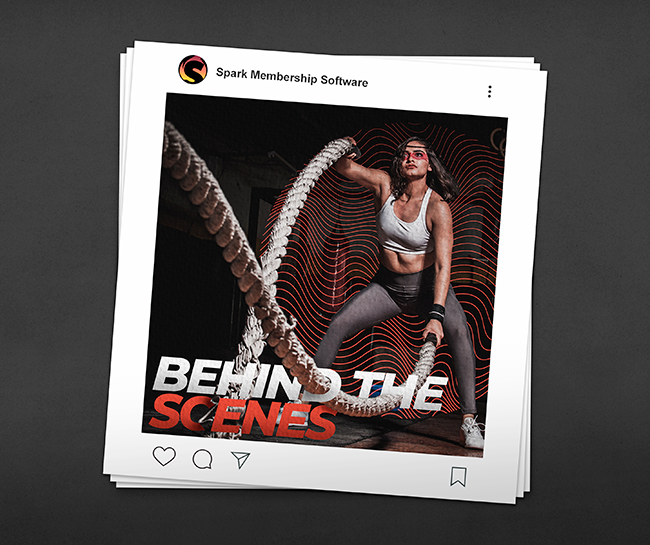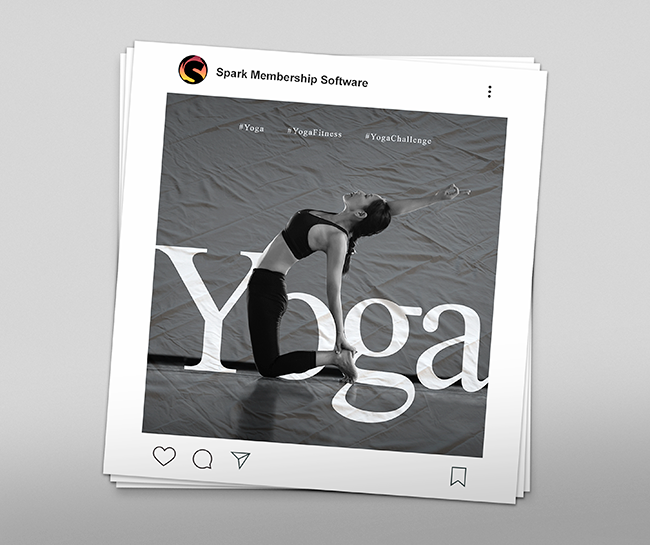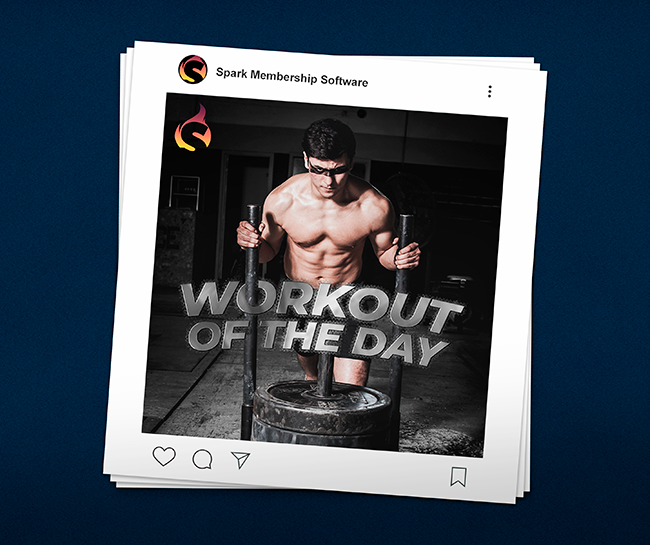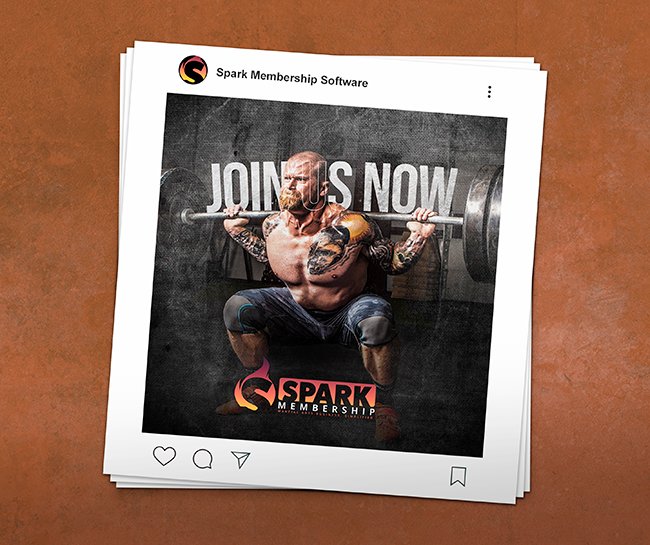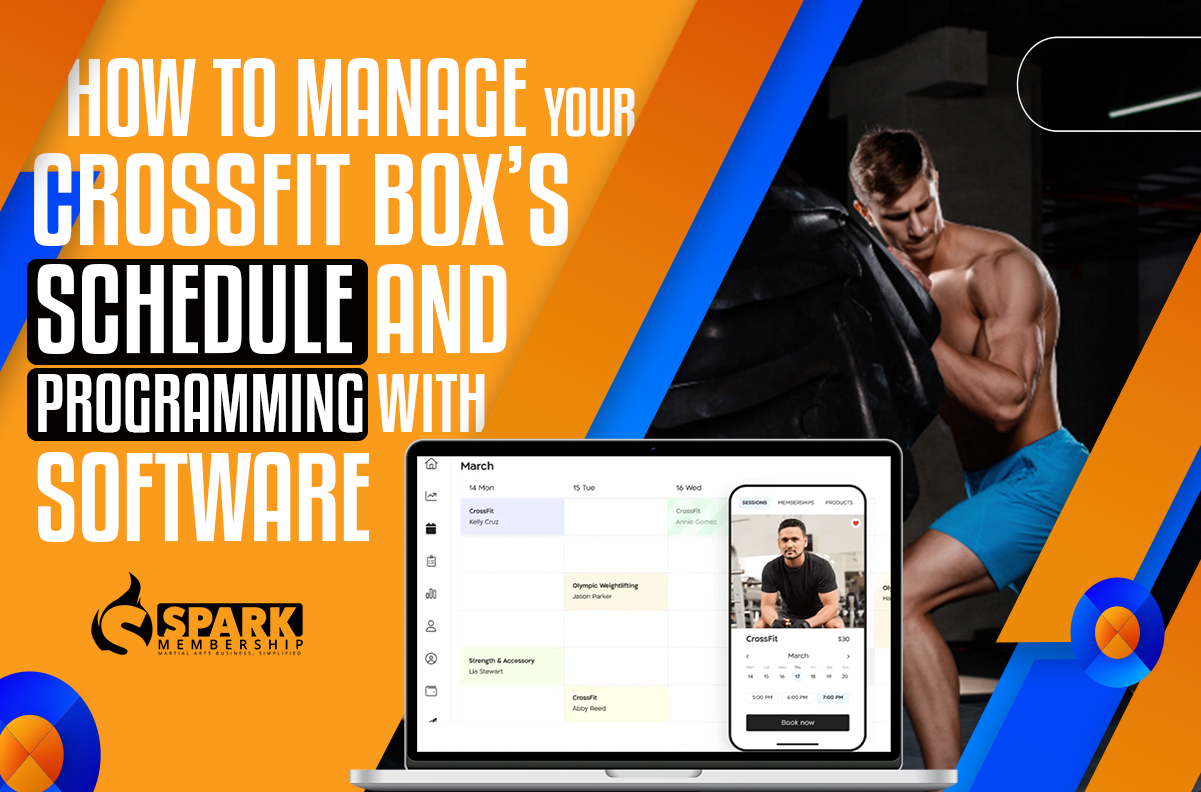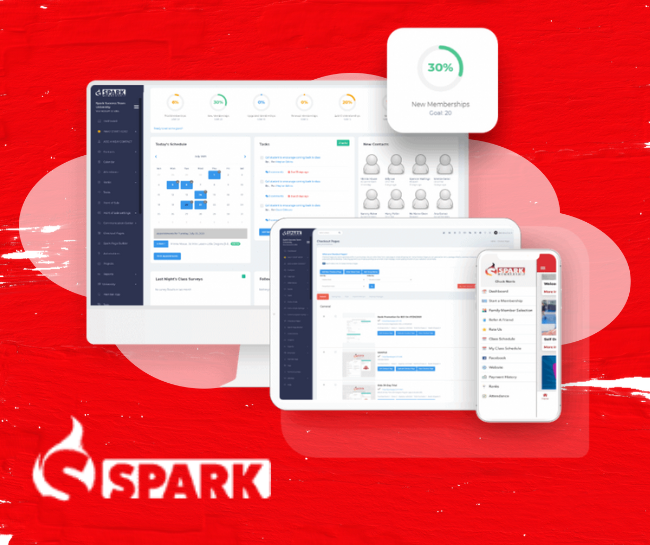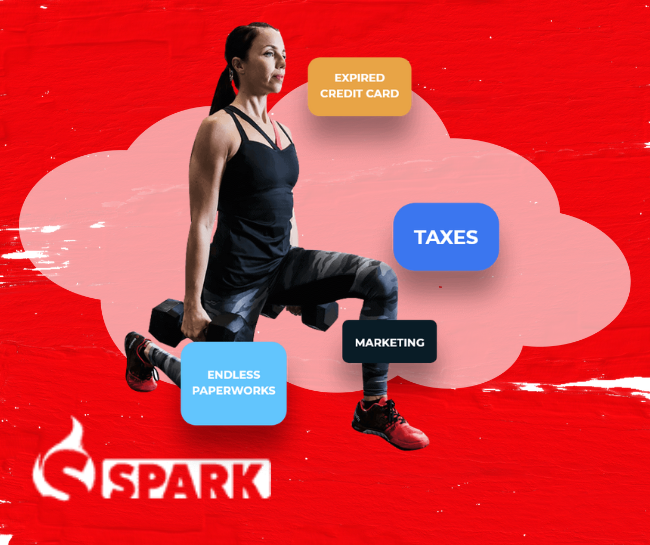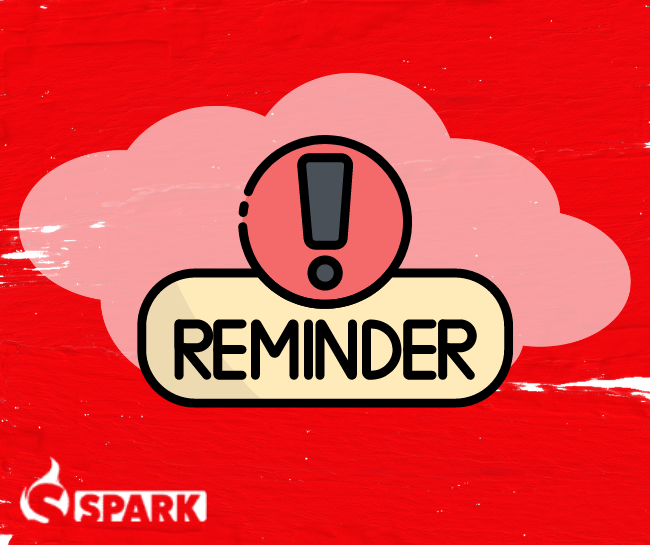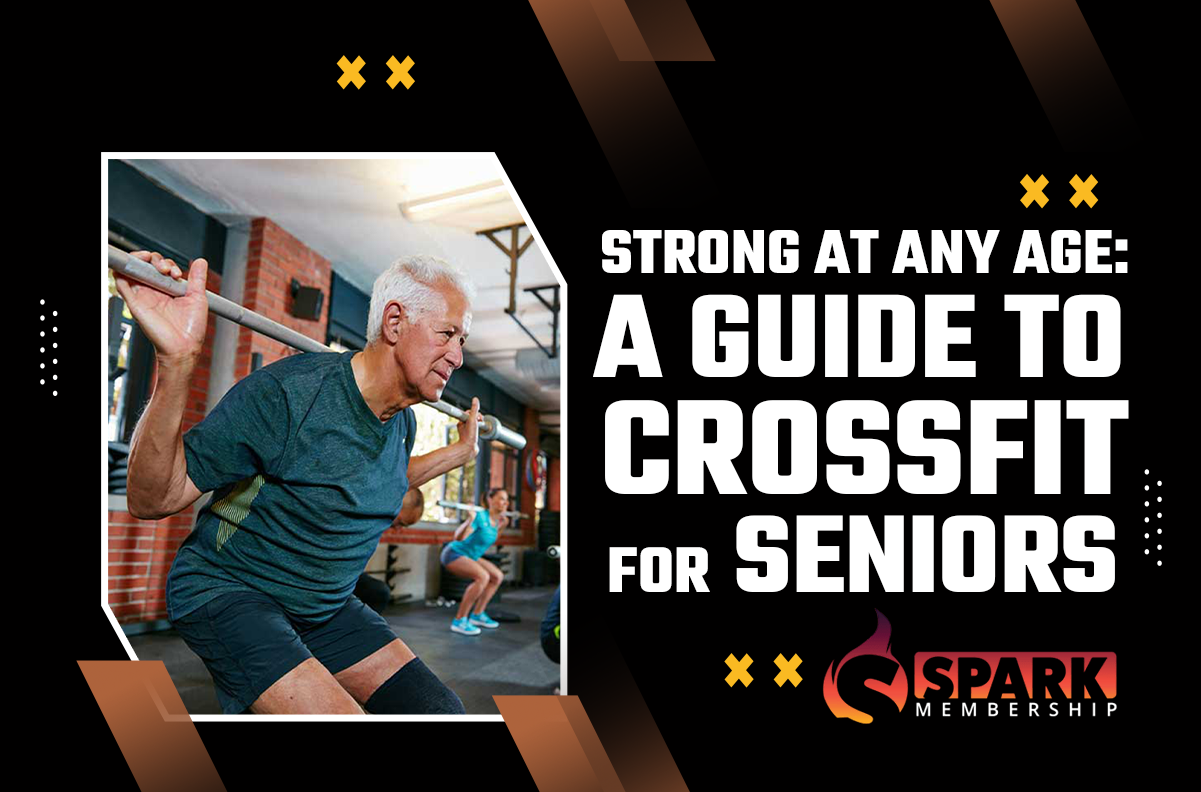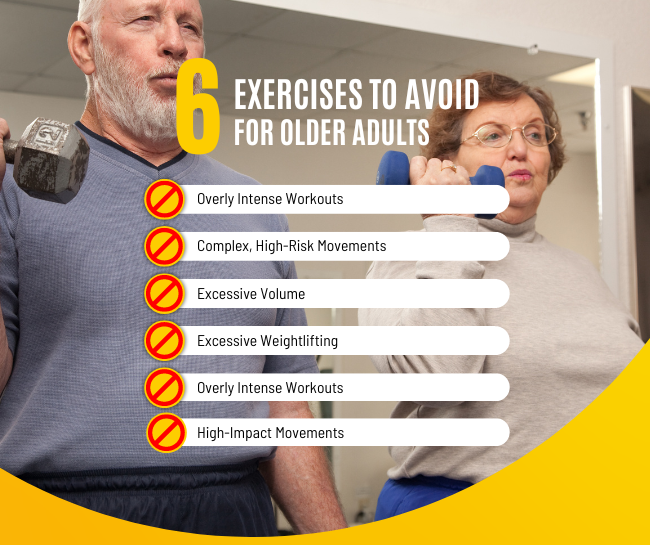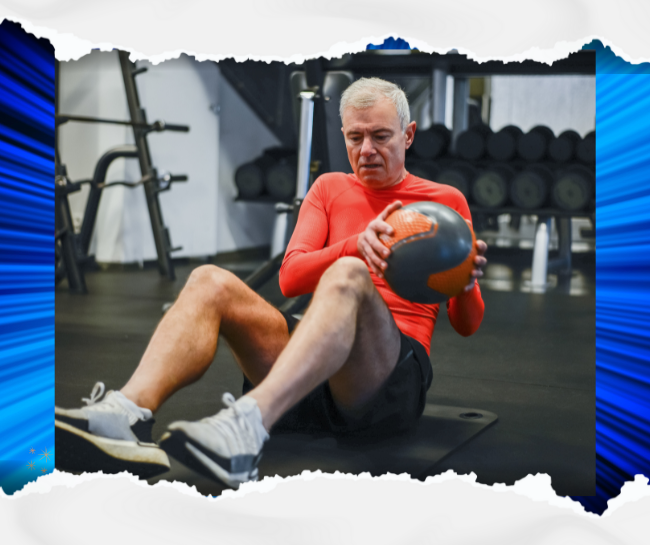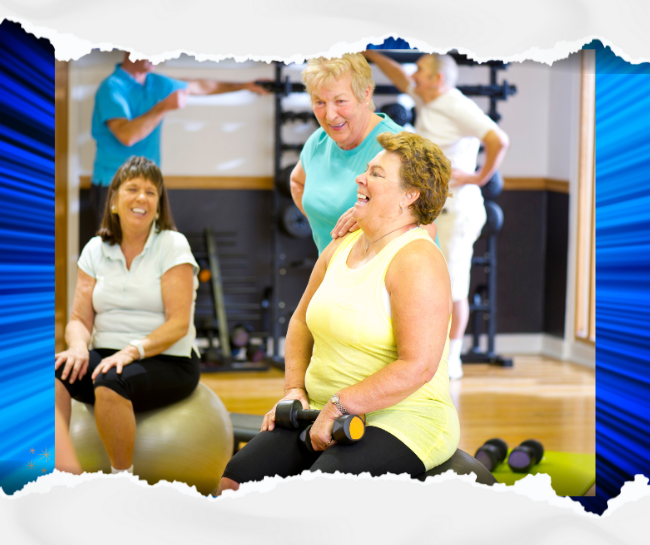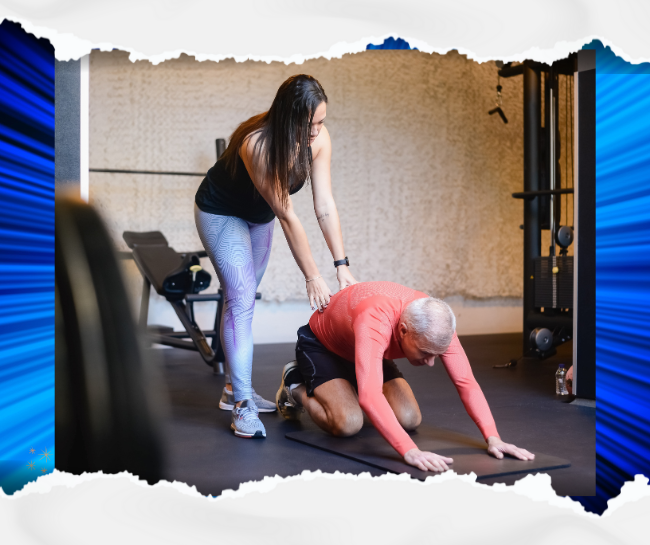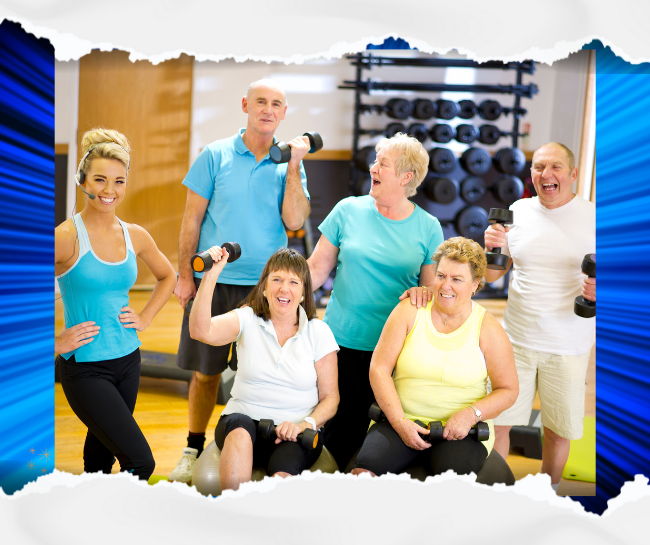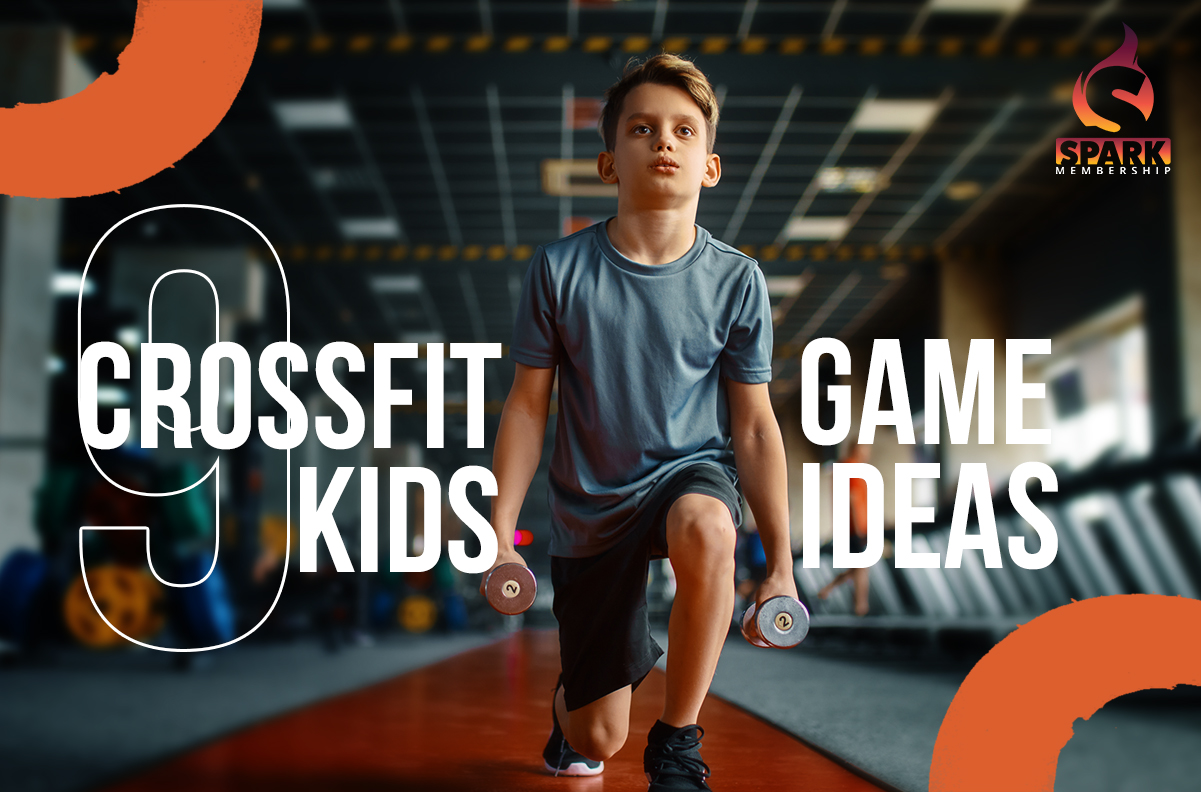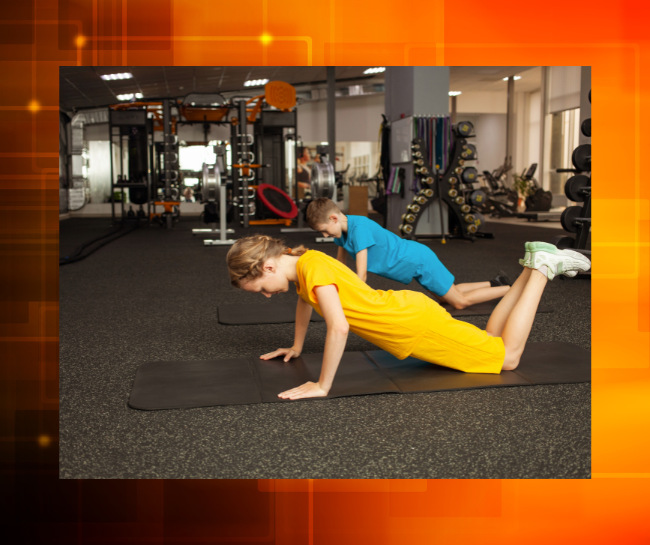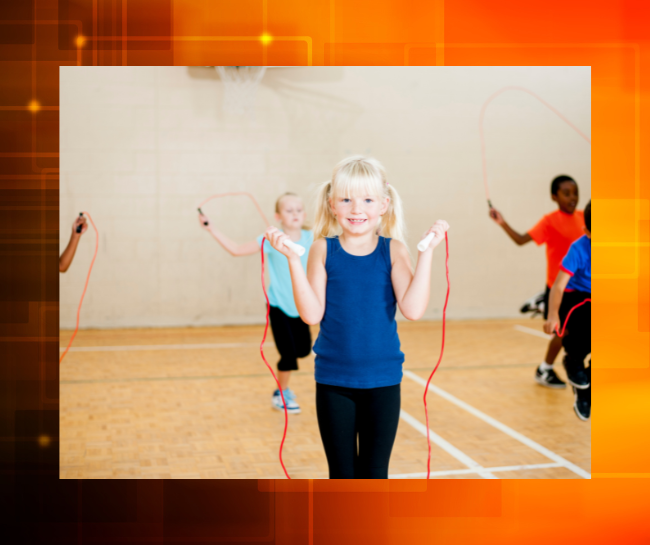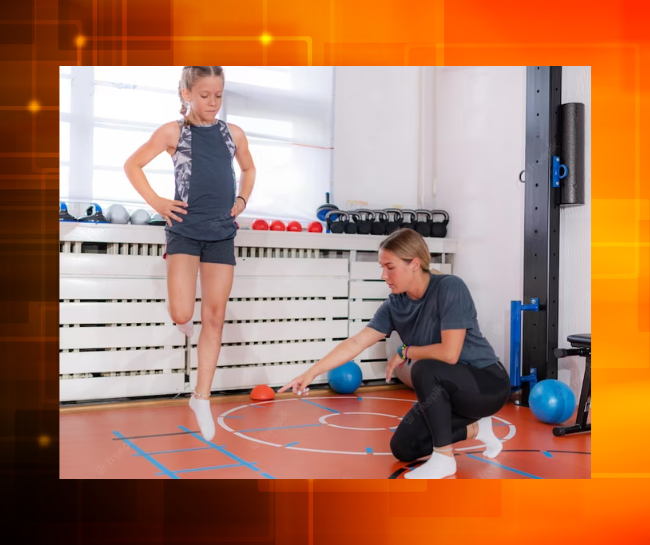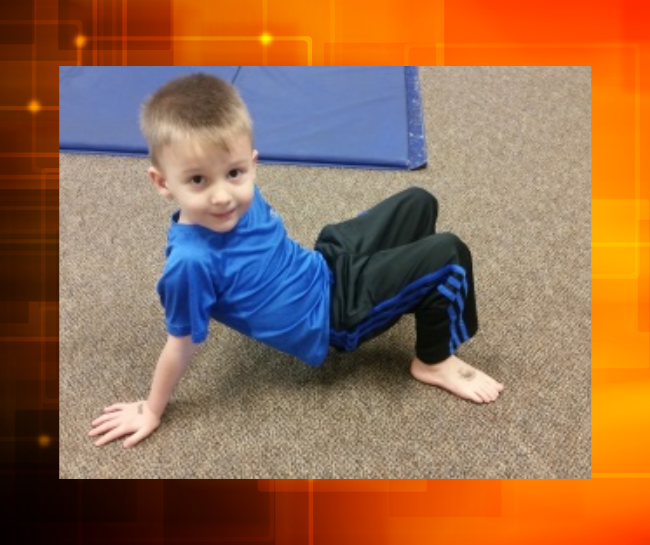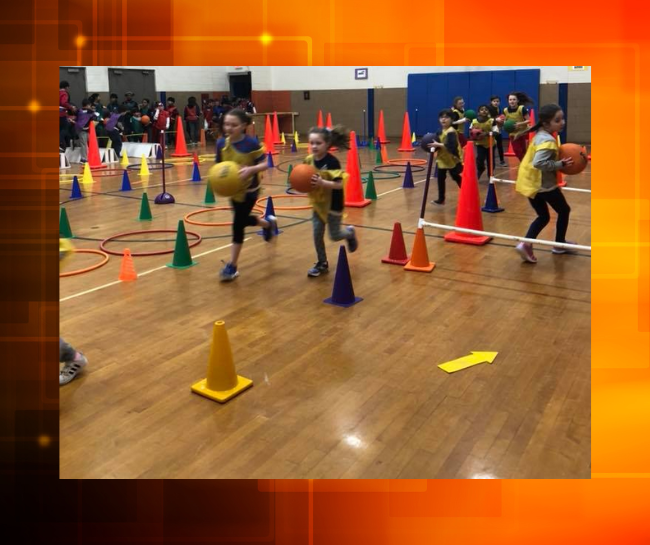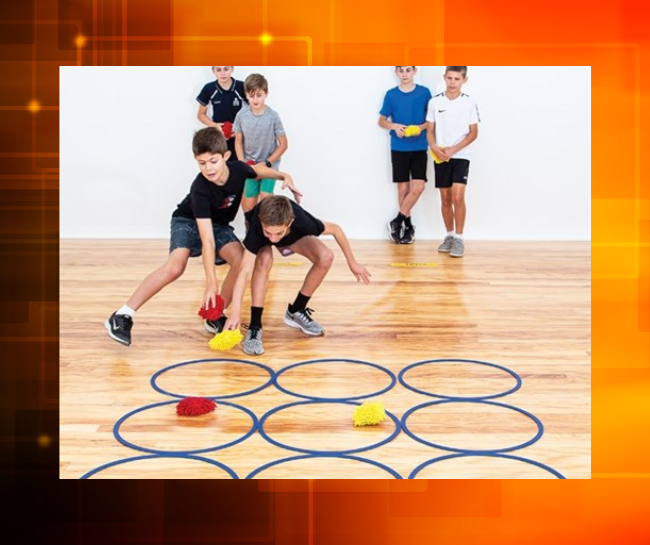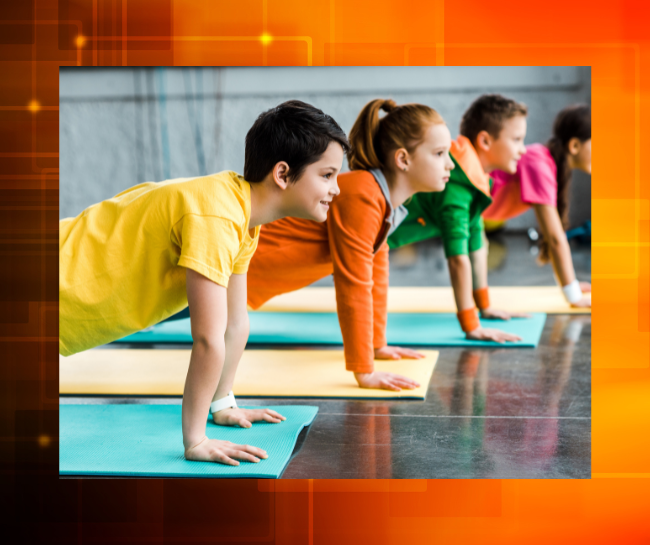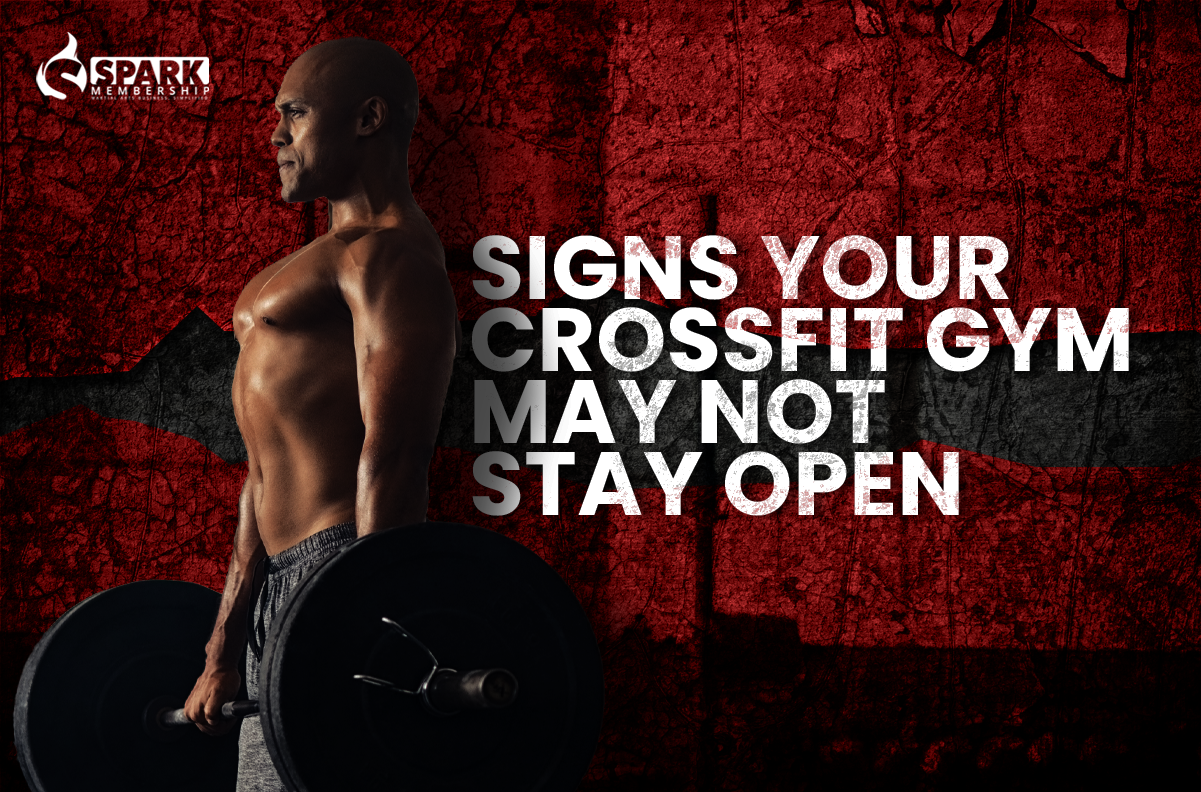
In the dynamic world of fitness, CrossFit gyms have emerged as hubs of community and strength. However, like any business, they are not immune to challenges and potential closure. As a CrossFit gym owner, manager, or member, recognizing the early warning signs can be crucial in taking timely action. This article aims to shed light on the indicators of a struggling CrossFit gym and provide you with the knowledge to predict its future. Stay ahead of the curve and ensure your fitness journey continues uninterrupted.
Decreasing Membership
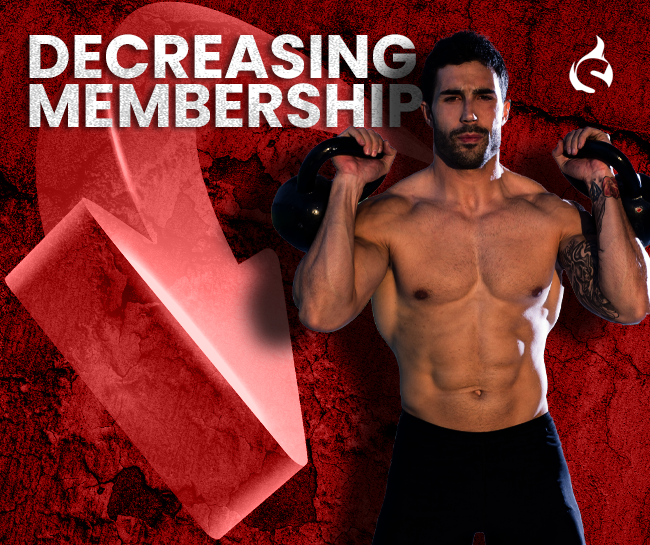
A significant and consistent decrease in membership is the most glaring sign of a gym’s downturn. Look out for fewer new sign-ups, an increase in membership cancellations, or a drop in class attendance. This decline often reflects dissatisfaction with the gym or a shift in consumer trends.
💡 It directly impacts revenue, making it challenging for the gym to cover operational costs and stay financially viable.
Management Issues

Frequent changes in management or high staff turnover can disrupt the gym’s operations and affect the quality of service. A stable and competent management team is crucial for the gym’s success and member satisfaction.
Staff Turnover
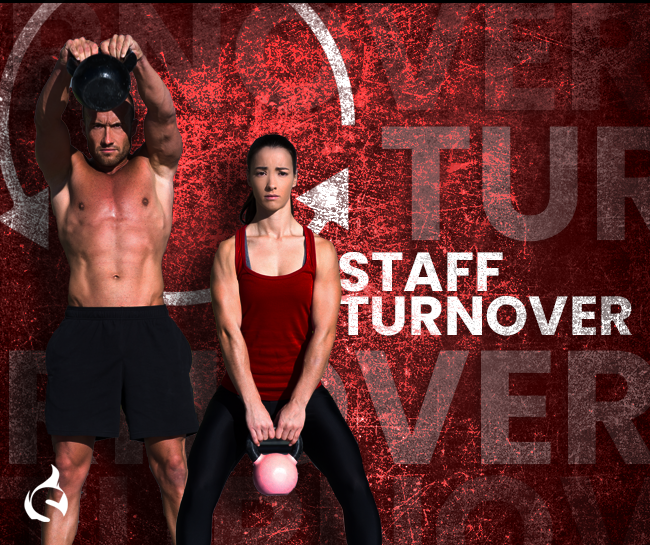
Regularly losing coaches or staff members can be a sign of internal issues and may lead to a decrease in the quality of training and member experience.
Outdated Equipment
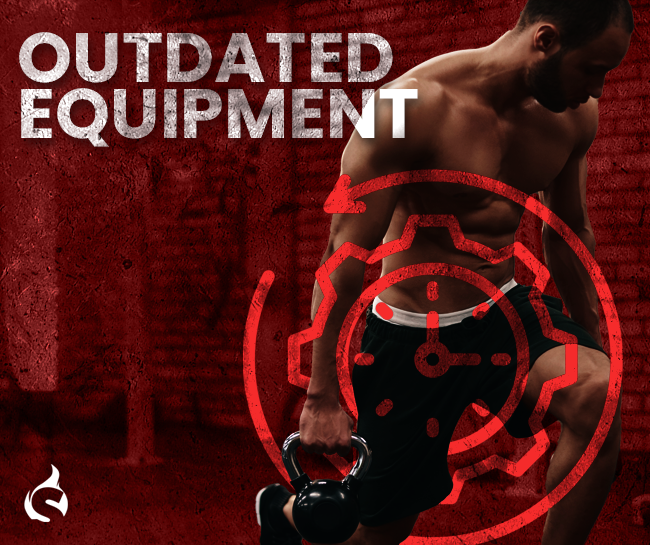
A lack of investment in new equipment or failure to maintain existing gear can make the gym less appealing to members. Modern, well-maintained equipment is essential for safety and effective workouts.
💡 Outdated equipment at a CrossFit gym can be a sign of financial instability, as it suggests a lack of investment in essential resources. This may indicate the gym is struggling to stay afloat, jeopardizing its long-term viability.
Facility Neglect
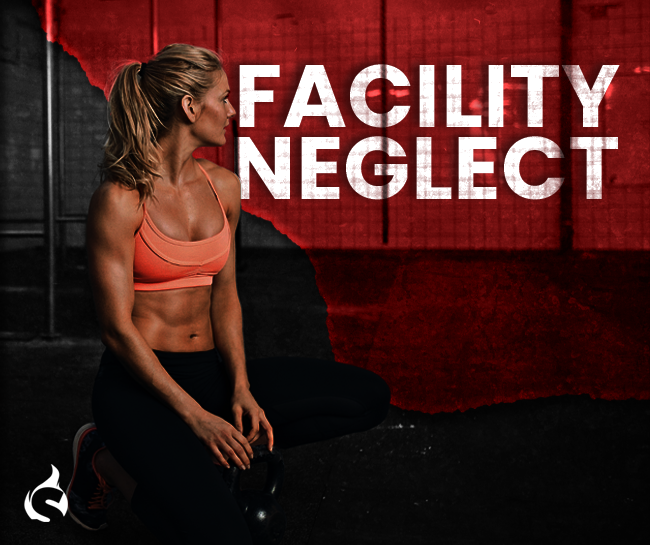
Signs of neglect, such as unclean facilities or broken fixtures, can indicate financial trouble or poor management, leading to a loss of members.
Negative Member Feedback and Reviews
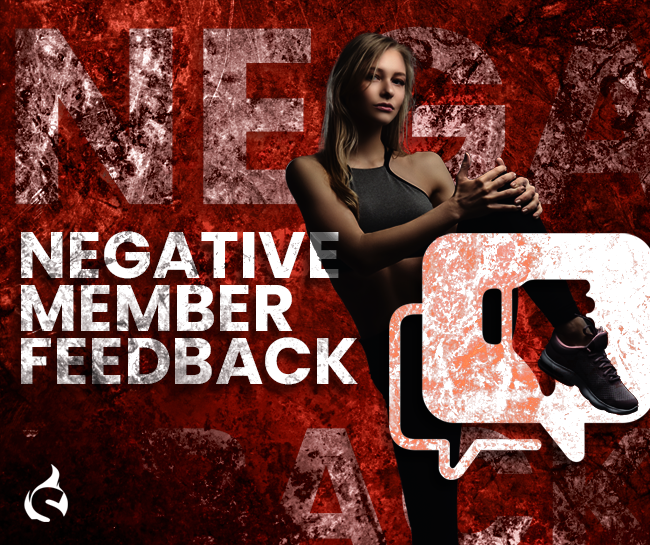
Pay close attention to what members are saying. An increase in complaints or negative online reviews can be an early indicator of deeper issues within the gym.
What to Do If Your Gym Is Struggling
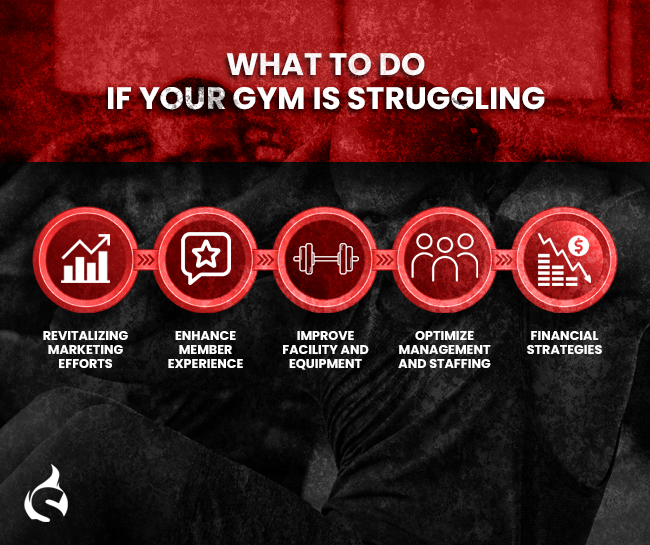
If you notice your CrossFit gym is facing challenges, consider these vital actions to help turn things around:
Revitalize Marketing Efforts:
- Launch targeted social media campaigns to engage the community.
- Implement a referral program with incentives for members who bring in new clients.
Enhance Member Experience:
- Regularly collect and act on member feedback.
- Introduce new and varied workout classes or programs.
Improve Facility and Equipment:
- Ensure all equipment is well-maintained and consider timely upgrades.
- Keep the gym clean and welcoming at all times.
Optimize Management and Staffing:
- Provide ongoing training and development for coaches and staff.
- Review and improve operational and financial management practices.
Financial Strategies:
- Conduct a thorough cost analysis and identify areas for reduction.
- Explore additional revenue streams such as merchandise or online coaching.
💡 By focusing on these key areas, you can address immediate concerns, improve member retention, and set a positive direction for your CrossFit gym’s future.
Recognizing the signs of a struggling CrossFit gym is the first step in safeguarding its future. By staying informed and proactive, gym owners, managers, and members can make informed decisions and take necessary actions. Remember, the health of your gym is a reflection of its community’s strength and commitment. Keep pushing forward, and ensure your CrossFit gym remains a thriving hub of fitness and camaraderie.
Transform your CrossFit Studio management with Spark Membership, the premier software solution. Experience its robust features right from your smartphone for just $1. Seize this exclusive opportunity to revolutionize your CrossFit studio!
